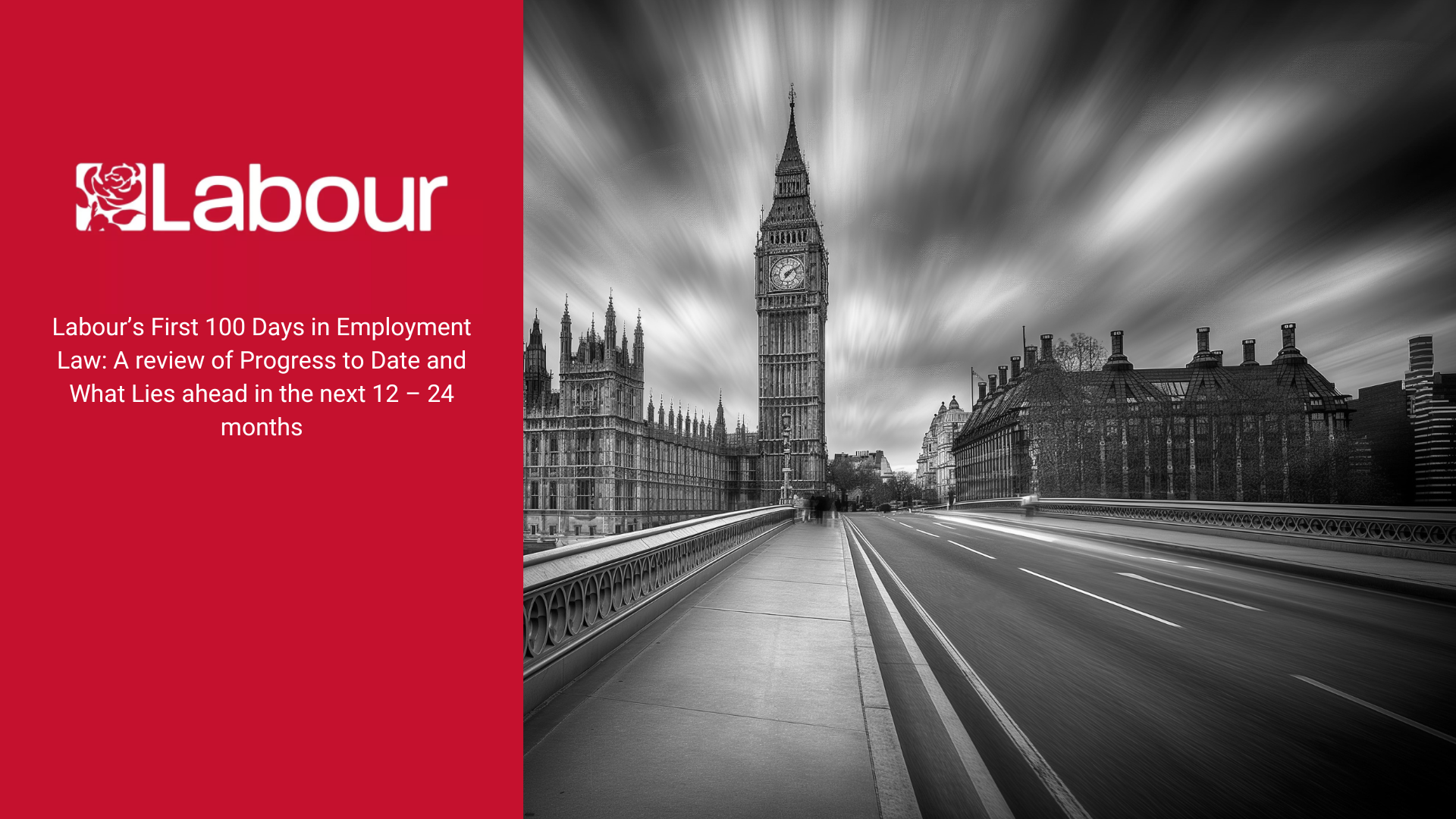Automatic unfair dismissal or how to get around the 2 year rule
The general rule is that only employees who have been employed continuously for two years or more can bring a claim of unfair dismissal. However, there are some important exceptions to the so-called “two year rule” which can be extremely helpful for individuals who might otherwise have no means of redress against their ex-employer.
Disapplying the two year rule
The qualifying period of two years has been in force since April 2012; prior to this the qualifying period was only 12 months. This enforced time period significantly reduces the number of people able to bring a claim of unfair dismissal, which is amongst the most popular claims brought in the employment tribunal. Employers are aware of this deadline and will often work to terminate an employment contact before the two year anniversary in order to reduce their litigation risk.
However, if an employee can show that they have been dismissed from work for one of a number of statutory reasons, the usual time constraints do not apply. In such circumstances, they will be able to bring their unfair dismissal claim whatever their length of service.
Automatic unfair dismissal
The Employment Rights Act 1996 sets out various scenarios in which an employee will be regarded as being automatically unfairly dismissed. If any of these apply, then an individual can usually bring an unfair dismissal claim without having to show that they have worked the required two years’ of service.
In addition, if such a reason for the dismissal can be shown then it will automatically be ruled that the employee was dismissed unfairly; there is no need to show that the employer acted unreasonably or failed to follow a fair procedure. This makes it significantly easier for an individual to win the case against their ex-employer.
The list of potential automatic unfair dismissal reasons is long and complex. Below we paraphrase those which are likely to have the widest application.
It is important to note that the reason why someone was dismissed from work must be for one of these reasons and that is not always an easy thing to demonstrate factually. It is automatically unfair to dismiss someone for a reason connected to:
- pregnancy, childbirth or statutory parental leave rights
- whistleblowing i.e. for making a protected disclosure
- health and safety
- refusing Sunday working (shop or betting workers)
- asserting rights under the Working Time Regulations or National Minimum Wage Regulations
- performing functions as an occupational pension trustee or an employee representative on a TUPE transfer or collective redundancy
- requesting to work flexibly
- carrying out jury service
- blacklisting (in respect of trade union membership)
- an employer’s duties under the auto-enrolment pension regime or the contravention of those duties
- status as a part-time or fixed-term employee
- trade union membership (or non-membership) or participation in trade union activities or protected industrial action
- breach of an exclusivity clause in a zero hours contract
What happens in an unfair dismissal case?
Where one of these reasons applies and automatic unfair dismissal is established, procedural unfairness (how disciplinaries were conducted etc.) will no longer be relevant. Furthermore, in normal unfair dismissal cases, the Tribunal needs to consider if the motive was fair, and then go on to consider whether, in all the circumstances, the action was fair. These considerations will not apply in automatic unfair dismissal cases.
Making a claim of automatic unfair dismissal can be a good approach for an individual to take, not just because it gets around the two year rule, but also because it can be a simpler claim to prove to an employment tribunal than a claim for ordinary unfair dismissal.
In an ordinary unfair dismissal claim, the true reasoning for the action will be considered and whether it was fair i.e. was it one of the five fair reasons laid down in the legislation (conduct, capability, redundancy, illegality or some other substantial reason) and was this really why the employer dismissed in this case?
Even where an employer can show it had potentially fair reasoning for the dismissal from work, a tribunal will then go on to consider if dismissing the employee was a fair action or not. This involves an assessment of whether the employer acted reasonably, including whether or not it followed a fair procedure when carrying out the dismissal. Given this complex approach to deciding ordinary cases, an employee may find themselves having to produce a lot of evidence and presenting a lot of different arguments to prove their case.
However, when it comes to claims for automatic unfair dismissal, all an individual needs to prove is that the cause for their dismissal from work was one of the automatically unfair reasons.
As the name suggests, once they have satisfied a tribunal that this was the case, the dismissal will automatically be deemed to be unfair. No further consideration will go on to determine whether the employer acted reasonably in dismissing or the procedural fairness of the action, as this will no longer be relevant.
Compensation for unfair dismissal
If an individual can show that they were automatically unfairly dismissed for a reason related to whistleblowing or health and safety, a further advantage is that the usual compensation cap for unfair dismissal does not apply. However, the cap applies to all other types of automatic unfair dismissal claim.
As with much employment legislation, the devil is in the detail when it comes to claiming automatic unfair dismissal. However, it is always worth taking advice from a legal professional to see if the facts of your case may allow for such an argument to be made. Otherwise, the time limit is applied extremely strictly by employment tribunals.
Importantly there are various other types of claim which may be brought without any qualifying period. These include discrimination, deduction from wages and equal pay and should not be overlooked.











